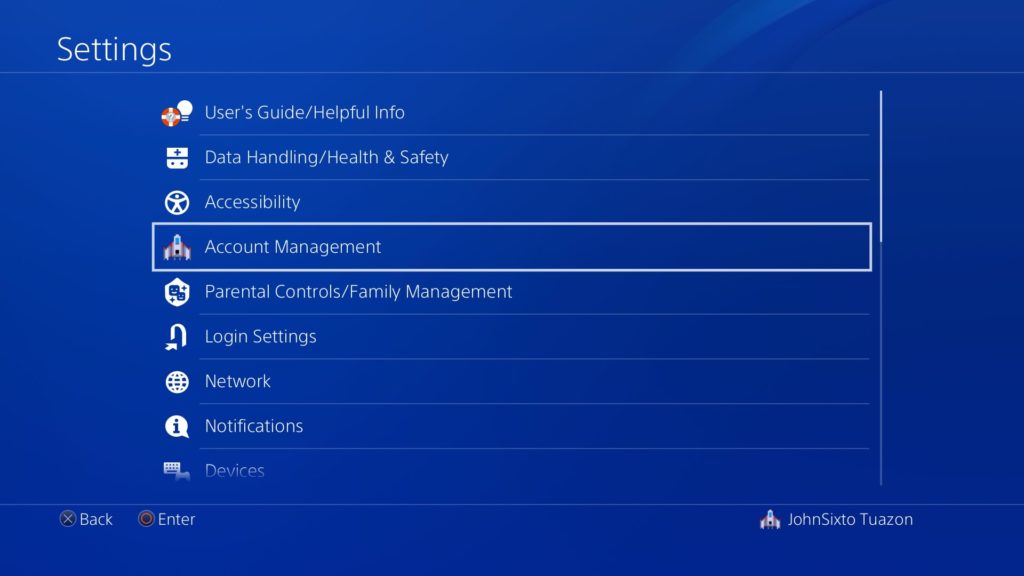Video Game Adaptations Pose Significant Challenges
Adapting video games into feature films poses unique challenges. Many games lack extensive narratives and focus more on gameplay mechanics. However, some franchises like Pokémon have plots that lend themselves well to adaptation. The Pokémon films, such as Mewtwo Strikes Back: Evolution and Pokémon Destiny Deoxys, demonstrated that compelling gaming storylines can transfer effectively to movies. However, most Nintendo properties do not have such intricate story arcs. For instance, the core Mario narratives involve Princess Peach being kidnapped by Bowser, with Mario rescuing her. While beloved gameplay mechanics, these basic plots make for a limited cinematic experience. Straightforward adaptations risk alienating mainstream audiences expecting complex character arcs and plot twists typical of blockbuster films.

Distinct Nintendo Worlds Present Tonal Challenges
Each Nintendo franchise takes place in self-contained universes with their own unique tones, aesthetics, and characters. For example, the cheerful and cartoony Paper Mario exists separately from the dark sci-fi world of Metroid. Attempting to merge these disparate worlds into a cohesive shared universe risks distorting their established identities. Characters like Mario, Link, Samus, and Kirby appear designed for their respective settings and would seem oddly out of place interacting together realistically on “Earth.” Their distinctively styled home dimensions also cannot plausibly all exist within a single coherent universe. Successfully blending such tonally diverse properties while honoring longtime fans presents a immense creative barrier.
Dimensional Crossovers Provide a Potential Solution
One approach could involve dimensional disruptions linking the Nintendo worlds. For instance, an interdimensional villain like Subspace Emissary’s Tabuu from Super Smash Bros Brawl obtains a relic enabling them to tear holes in the very fabric of space and time. This allows fan-favorite heroes from across the franchises to team up while respecting their separate universes of origin. Characters like Kirby and Fox McCloud could join forces with Mario and Link to battle threats from each other’s dimensions that have crossed over. Villains may organize their own allied force as well. This approach satisfies audiences’ desire for crossover events while circumventing issues of merged universes incompatibilities. However, maintaining plot and tone coherence across different fictional worlds remains challenging.
Lessons from the MCU’s Cinematic Universe
The record-breaking success of the Marvel Cinematic Universe (MCU) demonstrates a proven model for interconnecting distinct superhero properties. Crucially, the MCU presents each franchise, such as Iron Man, Captain America, and Guardians of the Galaxy, as existing within their own pocket dimensions. Minor cross-dimensional incursions establish a shared reality without distorting individual worlds’ internal logic and styles. The Avengers movies skillfully capitalize on fans’ wish to see their favorite heroes team up while preserving self-contained story arcs for properties like Doctor Strange. Adopting a similar multiverse approach could help a Nintendo Cinematic Universe overcome tonal barriers between its worlds.
Overarching Plot Coherence Presents Hurdles
Weaving together storylines originating from distinct properties introduces further challenges. The overarching narrative must feel naturally progressive rather establishing contrived reasons for crossovers. It also risks becoming overloaded with an excess of characters if world-blending proves too ambitious. Failed attempts at cinematic universes like Universal’s Dark Universe illustrate these risks. Maintaining consistent plot and character logic across projects divided among different directors, writers, and studios presents coordination difficulties. Individual entries must work standalone while advancing the grander interconnected storyline. Achieving this level of coherence across disparate franchises is an immense undertaking.
Authentically Representing Unique Nintendo Identities
Perhaps the biggest obstacle lies in authentically translating each franchise’s unique identity, aesthetics, and tone to live-action in a way that satisfies longtime fans. Each world possesses distinctive graphical styles, character designs, and gameplay/story mechanics adapted from their video game roots. Transposing these fantastical elements realistically while maintaining visual consistency across projects requires extraordinary creative finesse and an unprecedented level of faithful adaptation. Nintendo properties owe much of their enduring appeal to their highly stylized creative visions. Failing to represent them authentically risks alienating the passionate fanbases that fuel interest in crossovers.
A Nintendo Multiverse Could Captivate Global Audiences
If any creative team could pull off the monumental challenge of a cohesive Nintendo multiverse, it would be the filmmaking visionaries behind the blockbuster MCU. With careful planning, a multiverse approach respecting each world’s separate continuity could enable compelling cross-dimensional team-ups. Stories showcasing fan-favorite heroes banding together against threats from across universes holds immense potential to captivate global audiences. Executed with the same devotion to character, plot, and stylized visual authenticity that defines the video games, a Nintendo cinematic universe might achieve the same level of cultural impact as its Marvel counterpart. However, the immense difficulties illustrated also make success far from guaranteed. Only by overcoming each obstacle through brilliance in development, production, and storytelling could such an ambitious project attain the widespread acclaim fans dream of.
Verdict: Promising Concept but Low Probability of Success
In summary, the concept of bringing beloved Nintendo icons together in an epic multimedia experience understandably stokes fans’ passions. However, the structural and tonal challenges of merging such distinct franchises into a cohesive ongoing universe while preserving their integrity mean the likelihood of overcoming these hurdles is realistically low. Where other attempts have fallen short, a Nintendo multiverse would need to set a new standard for faithful adaptation, creative coordination across studios and directors, visual consistency, and coherent long-form storytelling. If any filmmaking collective could achieve what has never been done, it is the caliber of visionaries behind the blockbuster MCU’s unprecedented success. But optimism must be tempered by the formidable creative barriers such a project would face. For dedicated Nintendo fans, one can only hope that if attempted, it reaches the same meticulous quality as the brilliant game worlds that inspire such a venture.
 How to Recover Your PlayStation Network Account
How to Recover Your PlayStation Network Account